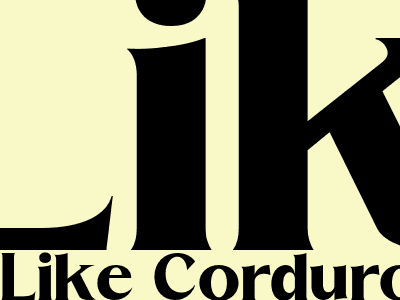On-Page SEO Optimization: A Comprehensive Guide to Boost Your Website's Ranking
Introduction
In the competitive realm of digital marketing, search engine optimization (SEO) plays a pivotal role in driving organic traffic to your website. On-page SEO focuses on optimizing various elements within your website to enhance its visibility and relevance in search engine results pages (SERPs). By implementing effective on-page SEO strategies, you can significantly improve your website's ranking, attract targeted visitors, and ultimately achieve your business objectives.
Optimizing Website Content for Google and Blogger
Keyword Research: The Foundation of SEO
Keyword research is the cornerstone of on-page SEO. Identifying relevant keywords that your target audience is searching for is crucial. Utilize keyword research tools to find high-volume, low-competition keywords that align with your business goals. Incorporate these keywords strategically throughout your website's content, including page titles, headings, and body text.
Consider using long-tail keywords, which are more specific and less competitive, to target niche audiences. Long-tail keywords often have higher conversion rates and can help you rank for specific search queries.
Creating High-Quality Content: The Key to Engagement
Search engines prioritize websites that offer valuable, informative, and engaging content. Create original, well-written content that addresses the needs of your target audience. Use clear and concise language, avoiding jargon or technical terms that may alienate readers.
Structure your content using headings and subheadings to enhance readability and make it easier for users to skim and find the information they need. Use bullet points and lists to present complex concepts in a digestible format.
Optimizing Page Titles and Meta Descriptions
Page titles and meta descriptions are critical elements that appear in SERPs and influence users' decision to click on your website. Craft compelling page titles that accurately reflect the content of each page and incorporate your primary keyword. Keep your page titles concise, around 60 characters, to ensure they are fully displayed in search results.
Meta descriptions provide a brief overview of your page's content. Write informative and engaging meta descriptions that encourage users to visit your website. Use your primary keyword in the meta description, but avoid keyword stuffing.
Image Optimization: Enhancing Visual Appeal
Images can enhance the user experience and make your website more visually appealing. Optimize images for SEO by using descriptive file names that include your target keyword. Use alt tags to provide a text description of each image, which helps search engines understand the image's context and improve accessibility for visually impaired users.
Compress images to reduce their file size without compromising quality. This improves page load speed, which is a crucial ranking factor. Ensure images are sized appropriately and avoid using excessive images that can slow down your website.
Internal Linking: Building a Structured Website
Internal linking is a powerful way to improve the navigation and structure of your website. Use internal links to connect related pages and guide users through your content. Anchor text, the visible text of a link, should be descriptive and keyword-rich.
Internal linking helps distribute link equity throughout your website, improving the ranking of all your pages. Use a logical linking structure to create a user-friendly and search engine-friendly website.
Optimizing Website Speed: A Crucial Ranking Factor
Website speed is a critical ranking factor that significantly impacts user experience. A slow website can lead to high bounce rates and decreased conversions. Use tools like Google PageSpeed Insights to analyze your website's speed and identify areas for improvement.
Implement caching mechanisms, minimize HTTP requests, and optimize image sizes to enhance website speed. Consider using a content delivery network (CDN) to deliver content from geographically dispersed servers, reducing latency and improving load times.

Komentar